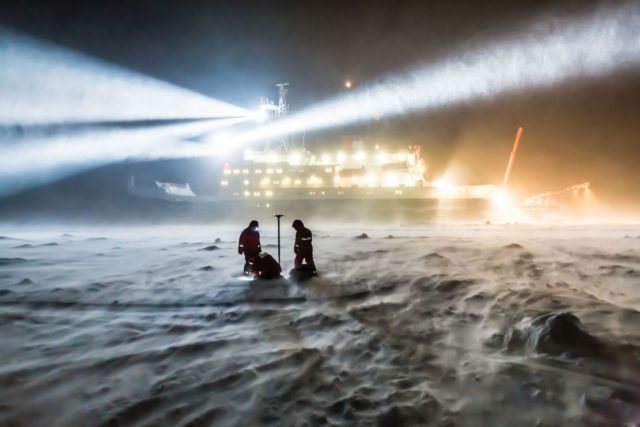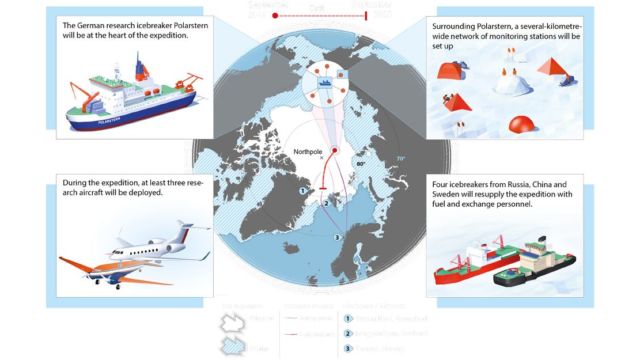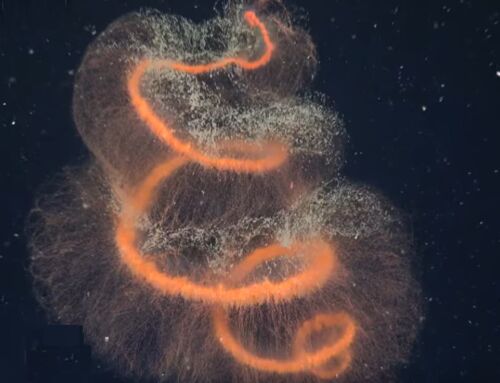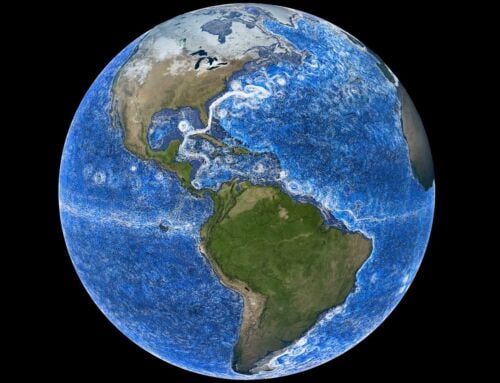‘The Arctic Ocean is Dying.’ This is the conclusion of the history’s biggest Arctic science expedition.
The largest Arctic expedition in history returned to Germany Monday after 13 months. The scientists brought back more than 1,000 ice samples and 150 terabytes of data.
Embark on the largest polar expedition in history: in September 2019, the German research icebreaker Polarstern has set sail from Tromsø, Norway, to spend a year drifting through the Arctic Ocean – trapped in ice.
The name MOSAiC (Multidisciplinary drifting Observatory for the Study of Arctic Climate) mirrors the complexity and diversity of this expedition.
The goal of the MOSAiC expedition is to take the closest look ever at the Arctic as the epicenter of global warming and to gain fundamental insights that are key to better understand global climate change. Hundreds of researchers from 20 countries are involved in this exceptional endeavour.
MOSAiC is the first year-round expedition into the central Arctic exploring the Arctic climate system. The project with a total budget exceeding 140 Million € has been designed by an international consortium of leading polar research institutions, led by the Alfred Wegener Institute, Helmholtz Centre for Polar and Marine Research (AWI).
Markus Rex, the mission’s leader, said:
“We witnessed how the Arctic ocean is dying. We saw this process right outside our windows, or when we walked on the brittle ice.”
Melinda Webster, a sea ice expert at the University of Alaska, Fairbanks, explained:
“We conducted measurements for a whole year with just a short break. We went above and beyond the data collection we set out to do. This is an extremely exciting time to get into Arctic science because of the changes that are happening. We need to get all the help we can because it’s important to understand what’s going on and the more people help out, the better.”
Images credit MOSAiC
via inhabitat
source EcoWatch







Leave A Comment